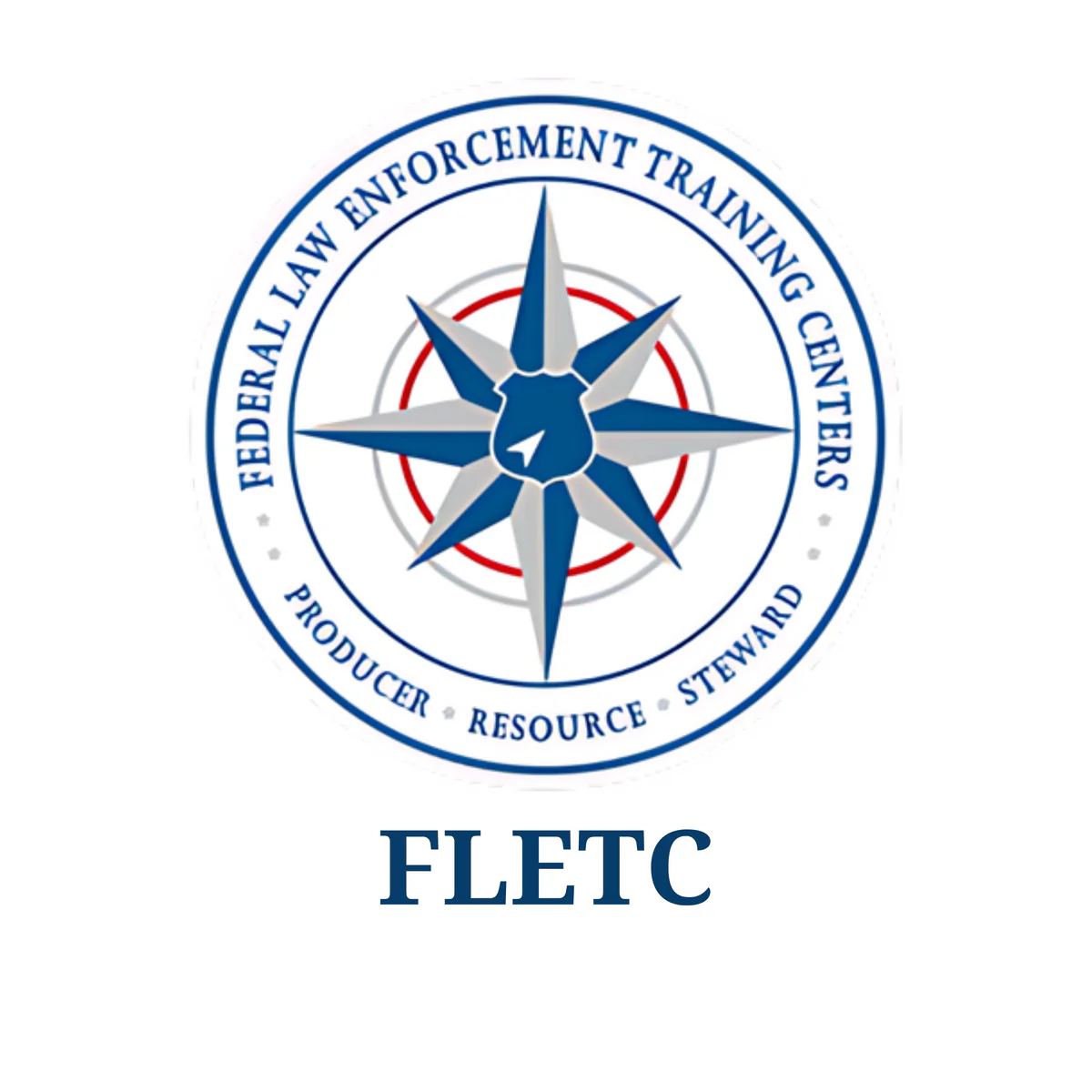Welcome to our Studies section, where we delve into a comprehensive collection of research focused on the impact and advantages of shooting range simulators in law enforcement training. In an era where decision-making, precision, and public safety are more critical than ever, simulation technology has emerged as a transformative tool. By replacing or complementing traditional firearms training with immersive, scenario-based simulations, agencies can offer officers a safe, repeatable, and adaptable environment to develop both technical and cognitive skills essential to their roles.
These studies—ranging from INTERPOL-led simulation exercises to peer-reviewed academic research—demonstrate how virtual firearm training improves situational awareness, decision-making under pressure, and marksmanship, all while significantly reducing cost, logistical challenges, and physical risks. Whether it’s enhancing readiness for complex urban encounters or reinforcing de-escalation tactics in high-stress scenarios, our curated research highlights the growing consensus that simulation-based training is not only effective but essential for modern policing.

INTERPOL has recognized the transformative potential of simulation technology in law enforcement training, especially through the integration of shooting range simulators. These simulators have become invaluable tools in improving decision-making, marksmanship, and tactical training without the costs and risks associated with traditional live-fire exercises. By utilizing virtual environments, law enforcement agencies can offer officers more frequent, realistic, and varied training scenarios, enhancing their ability to respond to high-pressure situations. A key example of this shift is the adoption of virtual shooting ranges by the Peruvian National Police, which has significantly improved their officers’ accuracy, focus, and overall firearm handling. This initiative aligns with INTERPOL’s goals to modernize and improve training techniques globally, reflecting a broader movement toward virtual and simulation-based learning.
One of the significant benefits highlighted in INTERPOL’s reports is the reduction in live ammunition use. Not only does this lower costs, but it also mitigates the risks of accidents or injuries that can occur in live-fire training exercises. This is particularly important for law enforcement agencies operating in resource-constrained environments, where the expense of ammunition, maintenance of ranges, and the need for specialized personnel can be a major barrier. Virtual simulators, by offering a safe and cost-effective alternative, allow officers to train as often as needed without incurring the same financial and logistical burdens. Furthermore, these simulators often include detailed performance feedback, helping instructors provide real-time guidance and track the progress of each officer, ensuring that training is both targeted and efficient.
INTERPOL’s involvement with simulation technologies extends beyond shooting ranges to broader training strategies, as seen in their emphasis on virtual reality (VR) for crime scene investigation and other policing scenarios. During INTERPOL World 2019, the importance of VR and simulation technologies was underscored, with experts discussing how these tools provide immersive experiences that replicate real-world environments. VR allows officers to experience complex situations, such as hostage rescues or high-speed chases, in a controlled, repeatable manner. These advancements are crucial in building the cognitive and decision-making skills required to manage dangerous and unpredictable situations in the field.
As global law enforcement agencies continue to explore the potential of advanced simulation technologies, INTERPOL’s ongoing support and advocacy for virtual shooting range simulators highlight the need for innovation in police training. These tools not only enhance officer performance but also ensure that agencies are better equipped to address the evolving challenges of modern policing. By integrating virtual simulators into training curricula, law enforcement agencies can ensure that their personnel are adequately prepared for the complexities and high-stakes decisions they face daily. As technology continues to evolve, so too will the effectiveness and accessibility of simulation-based training, further cementing its role in shaping the future of law enforcement worldwide.

The Federal Law Enforcement Training Centers (FLETC) have conducted several studies and implemented initiatives demonstrating the benefits of shooting range simulators in law enforcement training. These efforts underscore the importance of simulation technology in enhancing decision-making, marksmanship, and overall officer preparedness.
One notable study evaluated the performance of police trainees during a highly stressful interactive scenario, including a hostage situation. The findings revealed that 19% of participants mistakenly shot the hostage, highlighting the critical need for improved judgment and decision-making under pressure. Additionally, the study found associations between shot placement, performance during the gunfight, and scores on the Spielberger Trait Anger Scale, suggesting that individual emotional traits can influence performance in high-stress situations.
In response to the need for cost-effective and efficient training methods, FLETC developed a 24-point virtual firing range at its Artesia, New Mexico location. This system utilizes laser handguns and advanced tracking technology to simulate various shooting scenarios, allowing instructors to monitor and assess student performance in real-time. The virtual range not only reduces the costs associated with live ammunition but also provides a safer environment for trainees to develop their skills.
Furthermore, FLETC’s Range E initiative transformed a damaged indoor live-fire range into a state-of-the-art simulated training facility. This innovative approach enabled the center to repurpose existing infrastructure to support a variety of training programs, including basic marksmanship and judgment pistol shooting, thereby maximizing resource utilization while maintaining high training standards.
These studies and initiatives by FLETC demonstrate the organization’s commitment to leveraging simulation technology to enhance law enforcement training. By providing realistic, controlled environments for officers to practice and refine their skills, shooting range simulators play a crucial role in preparing law enforcement personnel for the complex challenges they face in the field.

The study “Does Use-of-Force Simulation Training in Canadian Police Agencies Incorporate Principles of Effective Training?” by Craig Bennell, Natalie J. Jones, and Shevaun Corey explores the extent to which simulation-based police training in Canada aligns with established instructional design principles—specifically those rooted in cognitive load theory (CLT). The study emerged from growing interest in enhancing police performance under stress through realistic, scenario-based training. CLT provides a theoretical framework suggesting that training should help learners build and apply mental models (schemas) without overwhelming their cognitive capacity. Effective training, according to this theory, must manage three types of cognitive load: intrinsic, extraneous, and germane.
The researchers gathered information from various Canadian police agencies using force simulators and found that while these simulators are widely used, the design and delivery of the training often lack consistency and scientific grounding. Many agencies did not structure their training to account for optimal load management. For instance, sessions were often too short, training was not spaced or repeated effectively, and scenarios lacked progressive complexity. Furthermore, opportunities for feedback and reflection—key components of long-term learning—were not consistently embedded into these training sessions.
The study also noted that many instructors lacked formal training in instructional design or the underlying cognitive principles that drive effective learning. Without this foundation, simulation-based training risks becoming more about exposure to high-stress scenarios rather than the thoughtful development of decision-making skills under pressure. The researchers emphasized that the realism of a simulation alone does not guarantee learning; how the scenario is structured, delivered, and reviewed critically influences its effectiveness.
In conclusion, Bennell and his colleagues argue that while simulation training holds enormous potential for law enforcement, its true value lies in thoughtful implementation. They advocate for evidence-based improvements such as longer and more frequent sessions, better instructor preparation, and structured feedback loops. Their work calls for collaboration between police trainers and learning scientists to create programs that genuinely enhance police performance and judgment in the field.
The collection of studies presented on this page—from respected institutions such as INTERPOL, FLETC and Carleton University demonstrates a global consensus: shooting range simulators are a powerful, evidence-backed tool for enhancing law enforcement training. These findings consistently show that simulation-based training improves decision-making, reduces reaction time, enhances marksmanship, and strengthens officer confidence, all while minimizing costs and safety risks associated with traditional live-fire environments.
As agencies worldwide modernize their training strategies, now is the time to invest in technology that meets the highest standards of effectiveness and realism. Our cutting-edge shooting range simulator is built with these global insights in mind—offering immersive, scenario-based training that reflects real-world challenges and aligns with the best practices identified in international research. Equip your force with the tools proven to deliver results—because better training today means safer outcomes tomorrow. Book for a Demo and experience a revolutionalized training environment⬇️: